Why No Brackets or Lag Hangers In A Timber Frame Arbor or Pergola
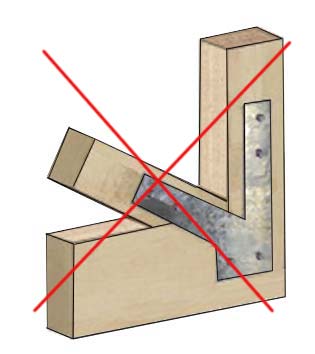
Nails, screws and glue will hold wood fast, but they allow little movement; which can eventually crack the wood around the metal fastener and glue deterioration over time loosen a wood glue wood joint. Hinges, latches, gears, furniture, and cabinets can all be made without the use of glue or metal fasteners through the mortise and tenon joint system or other similar techniques. Although there are various types of mortise and tenon joint systems, all are designed somewhat like our bone joints wherein a convex shaped part fits within the concave part of another. Projects made entirely of wood with a mortise tenon joint system can last for centuries.Most carpenters in the furniture industry however, who use the mortise and tenon joints today rely on adhesives to secure the joint. The mortise and tenon in furniture construction is normally cut with a shorter, thinner stubbed tongue. Furniture joinery is not applicable to the strength required in a structure as large as a timber frame pergola.
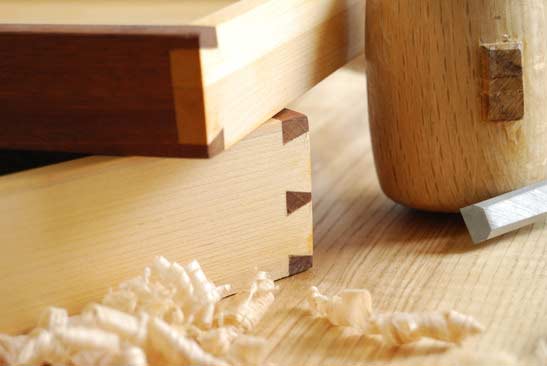
Timber is known for being the most stable building material against seismic movements to date. A well engineered mortise and tenon joint is more compliant to a responsible architectural structure. Mortise and tenon joints have soundly stood stronger through centuries of architectural constructions because it allows for the wood to naturally expand and contract while maintaining its integral shape over a nail/glue construction.Buildings are considered to be solid immobile structures, yet we live in a environment of continual motion where the earth’s seismic moves in waves up and down as well as side-to-side in an ongoing micro motion; along with wind loads as an added factor of moving force. Timber naturally expands and contracts flowing with the energy of the earth’s motion. Inelastic materials must compensate for the earth’s micro motions with artificial kinetic mechanisms.
With a thorough understanding of load paths and design properties, well-seasoned timbers with the mortise and tenon joint systems have allowed for wipe open spaces, cathedral ceilings, great rooms in castles, commercial constructions, expanded bridges and more that have lasted for centuries, sometimes millenniums.
However, not all mortise and tenon joints are not engineered the same. Click here if you would like to see what a difference The Dovetail Difference™ makes!
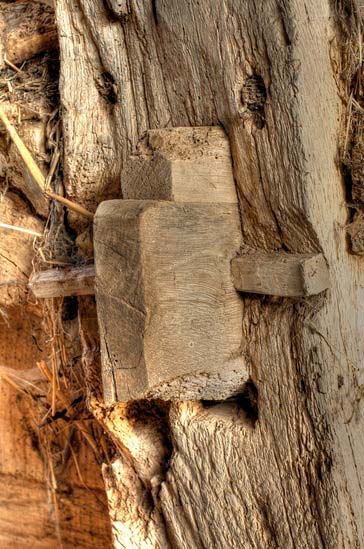 Mortise and Tenon pegged joint detail. Old Worcestershire barn, England.
Mortise and Tenon pegged joint detail. Old Worcestershire barn, England.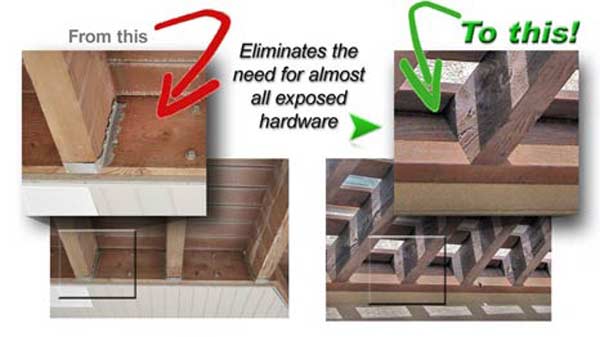
The logical and primary reason for NOT using unsightly brackets and lag hangers is that it will not hold as well long-term. The results are the aesthetic beauty of the Dovetail Joints System leaving a clean, beautiful impression with precision of old world craftsmanship.
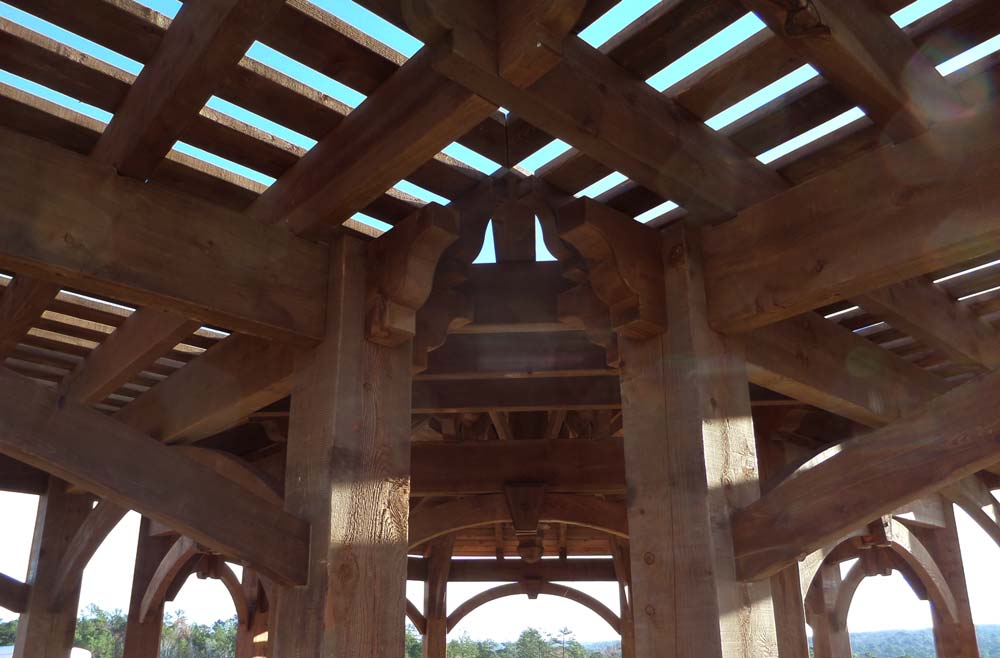
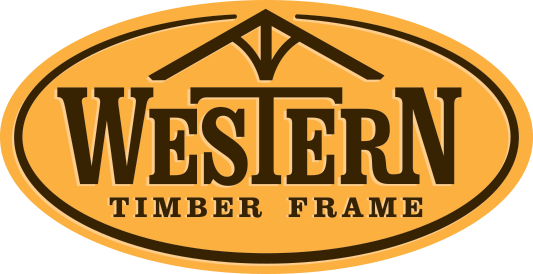


Leave a Comment